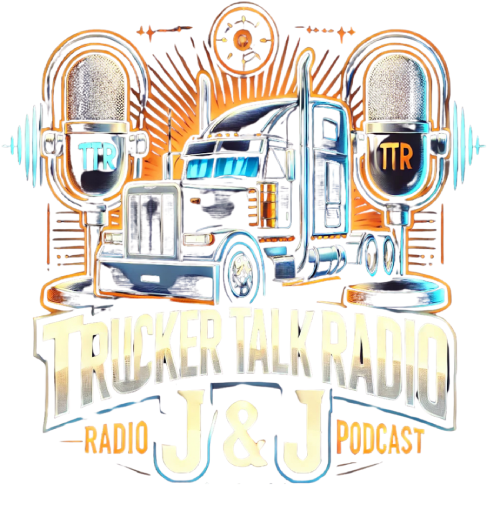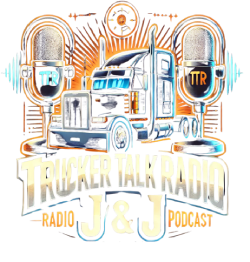Matthew James Collins, an Ohio resident, transports frozen foods like onion rings and ice cream across the Midwest. On a recent October morning, he was navigating through a snowstorm in Minnesota.
Collins pointed out that he used to haul around 22 skids of frozen goods for four corporate clients last year, but now he’s down to only 12 skids serving two clients.
The trucking sector’s performance often reflects the overall health of the U.S. economy, but current trends are puzzling. Economists are surprised by the high levels of consumer spending in the face of record inflation and rising interest rates, while the trucking industry is experiencing a dramatic downturn that is impacting companies of all sizes.
“It seems like the broader economy is unaware we’re in a recession,” commented Steve Troyer, president of California Midwest Xpress, which operates a fleet of 30 trucks. “But we are definitely in a significant one.”
This trucking bloodbath is particularly alarming
Trucking is known for its cyclical nature. During prosperous times, manufacturers supply more vehicles to trucking fleets eager to take advantage of rising business opportunities. Entrepreneurs also launch their own trucking companies.
However, this boom phase usually lasts less than a year, leading to oversupply in the industry and a drop in rates. Trends that initially created demand often diminish, leading to a surplus of trucks and insufficient freight to transport.
Federal data indicates the number of trucking authorities established or shut down monthly, often due to failure to pay insurance. Typically, a few hundred trucking authorities appear during favorable times, but many go out of business when the market declines. However, the recent boom period, which commenced in June 2020, was unusual, leading to an unprecedented number of new trucking licenses issued.
Current challenges and freight rates
Despite the uptick in consumer spending, the trucking industry is facing an overwhelming surplus of capacity. From about 255,000 trucking authorities in January 2020, the number has risen to approximately 363,000. This increase has led to tens of thousands of small carriers shutting down, with an estimated 35,000 new companies closing in the last fiscal year. Comparatively, the average number of closures was around 15,585 per year over the preceding decade.
Per-mile spot rates for trucking have plummeted to $1.54, reflecting an 11.6% drop since 2022 and a 34.4% decrease from 2021, all while costs for fuel, insurance, and repairs have surged. Brian Carle, a truck driver and business owner in New Mexico, noted that he earns significantly less than in 2021, while his expenses for maintenance and fuel have skyrocketed.
Consumer spending remains robust
In the third quarter of 2023, the U.S. economy grew at a surprising rate of 4.9%, the largest increase since late 2021, driven by consumer purchases of durable goods. Americans are spending more despite high inflation, with newfound confidence stemming from a strong labor market. Paul Donovan, Chief Economist at UBS, highlights that the hedonistic nature of American consumers often leads to unexpected surges in spending.
However, the exuberance of 2020-2021 was not expected to last. In contrast, the trucking industry has been unable to rapidly adjust its capacity despite fluctuations in consumer demand. While consumers may easily adapt their spending habits, trucking businesses require time and resources to scale operations, leading to an imbalance between capacity and freight demand.
The future of trucking and the need for adjustment
Analysts believe that the trucking industry will stabilize only when many of the excess trucking authorities are eliminated, resulting in a significant contraction of businesses in the sector. As Collins observes, recovery in freight rates relies heavily on reducing the number of trucks on the road and bolstering the economy simultaneously.
Despite the challenges, Carle is determined to keep his operation running, unwilling to lose the hard work he put into building his business. The current situation serves as a reminder of the complex interplay between consumer behavior and industry health.


